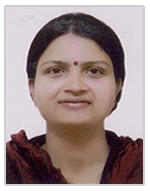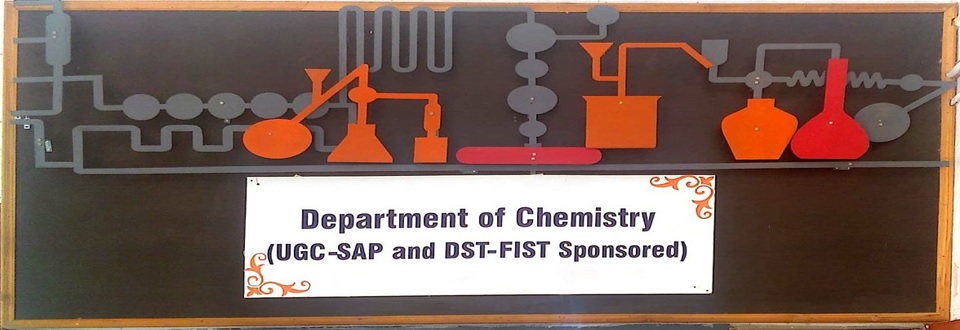 Dr. Pushpa Sahni
Dr. Pushpa SahniEmployment Details:
|
Designation |
Organization |
Duration |
|
Assistant Professor |
Dayalbagh Educational Institute, Agra |
July 18, 2011 – Dec. 8, 2018 |
|
Assistant Professor (Stage II) |
Dayalbagh Educational Institute, Agra |
Dec. 8, 2018 – Dec. 31, 2023 |
|
Assistant Professor (Selection Grade) |
Dayalbagh Educational Institute, Agra |
Jan. 1, 2024 – till date |
Teaching Experience: 14 Years (BSc, MSc, PhD)
Courses Taught: Analytical Chemistry, Chemistry & Extraction of Natural Products, Mass Spectrometry
Current Research Interests:
A. Water Quality: Analysis & Assessment
The focus of this research is on physico-chemical analysis of Yamuna River water in Agra city to determine its quality and pollution profile over the years. With a direct impact on the life and wellbeing of the residents of the city, the research is aimed to evolve long-term solutions/strategies that would lead to improvement in river water quality and restore it as a pious river once again.
B. Docking of Tubulin and Adrenaline to understand conscious balance in human body
Microtubules present in our body are regulated by microtubule-associated protein (MAP) and exhibit dynamic instability. Microtubules play an important role in hormone release, learning, memory and consciousness. Different computer simulation methods are being used to understand the structure, conformation, stability, binding energy and potential energy of MAP and its interaction with various ligands. The research is also aimed to find out how adrenaline controls oxidative stress and microtubule organization.
C. Mechanism of Propofol's Action on MAP Rich Tubulin and Actin
Despite a century of sustained research, bridging the gap between the firing of neurons and cognition (i.e. perception, emotion, decision making and ultimately, consciousness itself) continues to be a challenging area of research. Through an in-vitro study, using circular dichroism spectroscopy and confocal laser scanning microscopy, research is being pursued to invesigate the effect of propofol on the assembly of neuronal tubulin and actin together and probed into the changes of their secondary structures.
Research Achievements:Annexure 1

